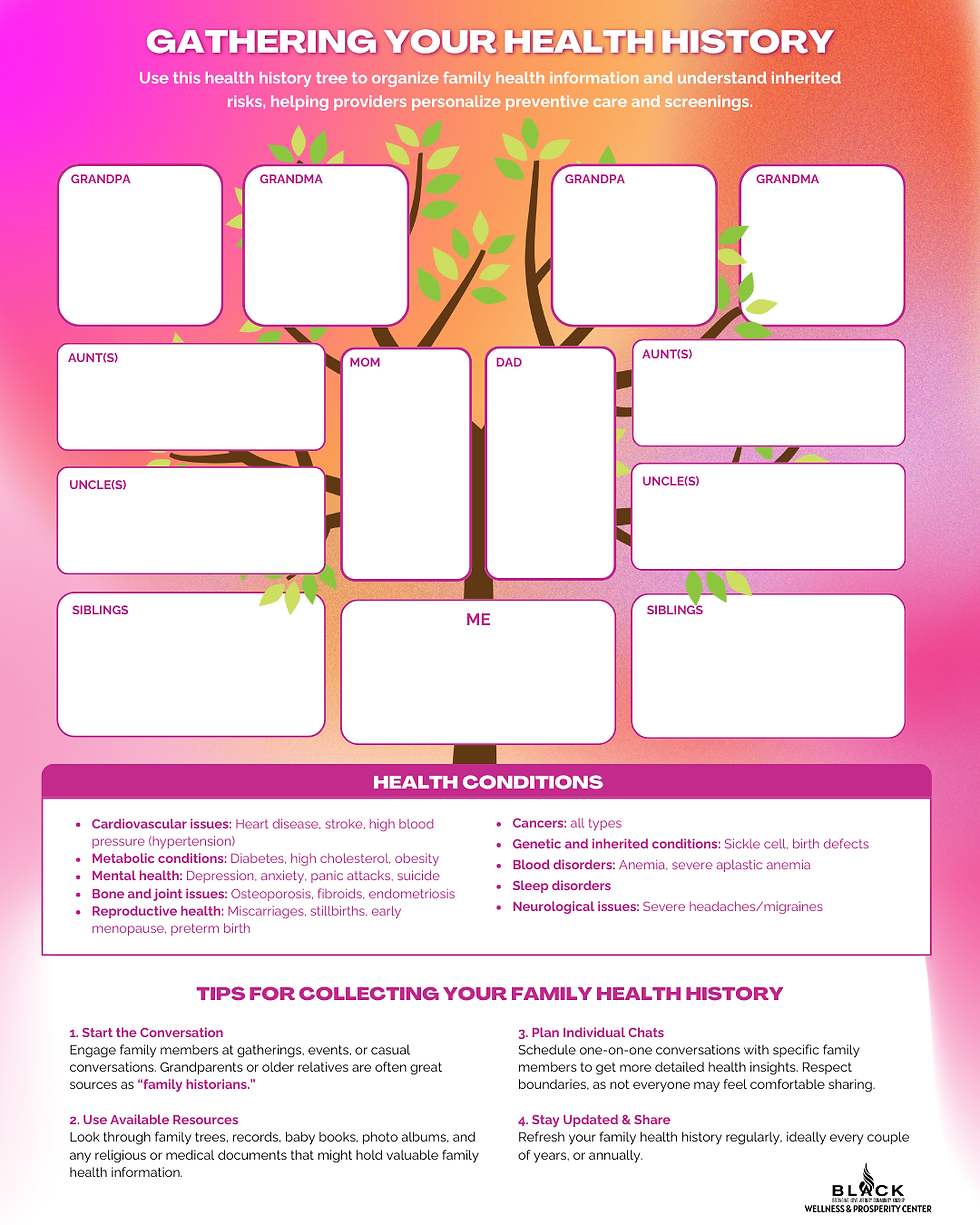BREASTFEEDING POSITIONS & LATCHING
- Shantay Davies-Balch

- Jun 4
- 3 min read
Updated: Jul 17
Helping your baby latch properly may take some practice. Trying different breastfeeding positions can make it easier for your baby to achieve a comfortable and effective latch.
Read and download the Breastfeeding Positions & Latching Health Brief:
Learn the signs of a good latch

Artwork by Madelyn Neufield The latch feels comfortable and does not cause pain or pinching.
Your baby’s chest rests against your body, and they do not need to turn their head while nursing.
You see little or no areola (the darker skin around the nipple), depending on the size of your areola and your baby’s mouth.
When your baby is well-positioned, their mouth will be filled with breast.
The baby’s tongue is cupped under the breast, so their tongue may not be visible.
You hear or see your baby swallow. Some babies swallow so quietly that a brief pause in breathing may be the only sign.
You may see your baby’s ears wiggle slightly.
Your baby’s lips are flanged outward, like fish lips, rather than turned inward. You may not be able to see the bottom lip.
Your baby’s chin touches your breast.
Signs your baby might not be feeding well
Your baby’s sucking, swallowing, and breathing seem out of sync
You hear clicking, smacking, or slurping sounds while they feed
Feeding is very short (under 5 minutes) or goes on too long (over 30 minutes)
Baby doesn’t let go on their own when full
Your nipple looks pinched, flattened, or sore after feeding
Your breast still feels full or heavy after the feeding
You feel like the feeding didn’t go well or your baby didn’t get enough
Baby-led Latching
If you have tried the "baby-led" approach and your baby is still having problems latching on, try these tips:
Tickle the baby's lips with your nipple to encourage him or her to open wide.
Pull your baby close so that the baby's chin and lower jaw moves in to your breast.
Watch the baby's lower lip and aim it as far from the base of the nipple as possible so that the baby takes a large mouthful of breast.
Clutch or "Football" Hold
Useful if you had a C-section, or if you have larger breasts, flat or inverted nipples, or a strong let-down reflex*. This hold is also helpful for babies who like to be in a more upright position when they feed.
Step 1: Hold your baby at your side with the baby lying on their back and with their head at the level of your nipple.
Step 2: Place your palm of your hand at the base of your baby’s head for support
Cradle Hold
An easy, common hold that is comfortable for most mothers and babies.
Step 1: Hold your baby with their head on your forearm and his or her body facing yours.
Cross-cradle or Transitional Hold
Useful for premature babies or babies with a weak suck because this hold gives extra head support and may help the baby stay latched.
Step 1: Hold your baby along the area opposite from the breast you are using.
Step 2: Support your baby's head at the base of their neck with the palm of your hand.
Laid-back Hold (Straddle Hold)
A more relaxed, baby-led approach.
Step 1: Lie back on a pillow.
Step 2: Lay your baby against your body with your baby's head just above and between your breasts. Gravity and an instinct to nurse will guide your baby to your breast. As your baby searches for your breast, support your baby's head and shoulders but don't force the latch.
Side-lying Position
Useful if you had a C-section and also allows you to rest while the baby breastfeeds.
Step 1: Lie on your side with your baby facing you.
Step 2: Pull your baby close so your baby faces your body.




